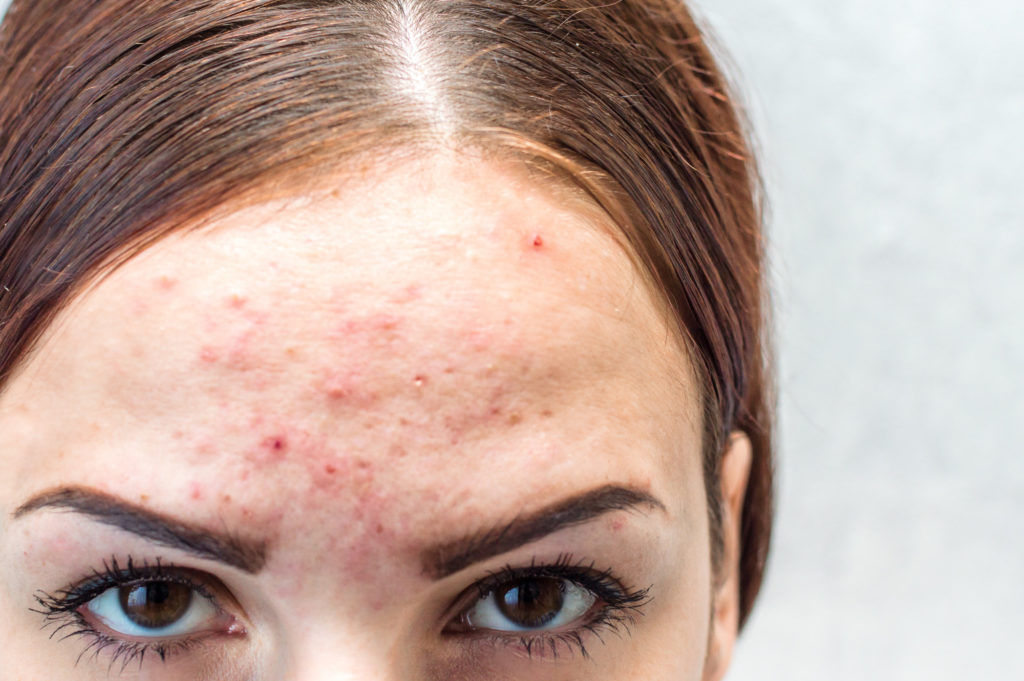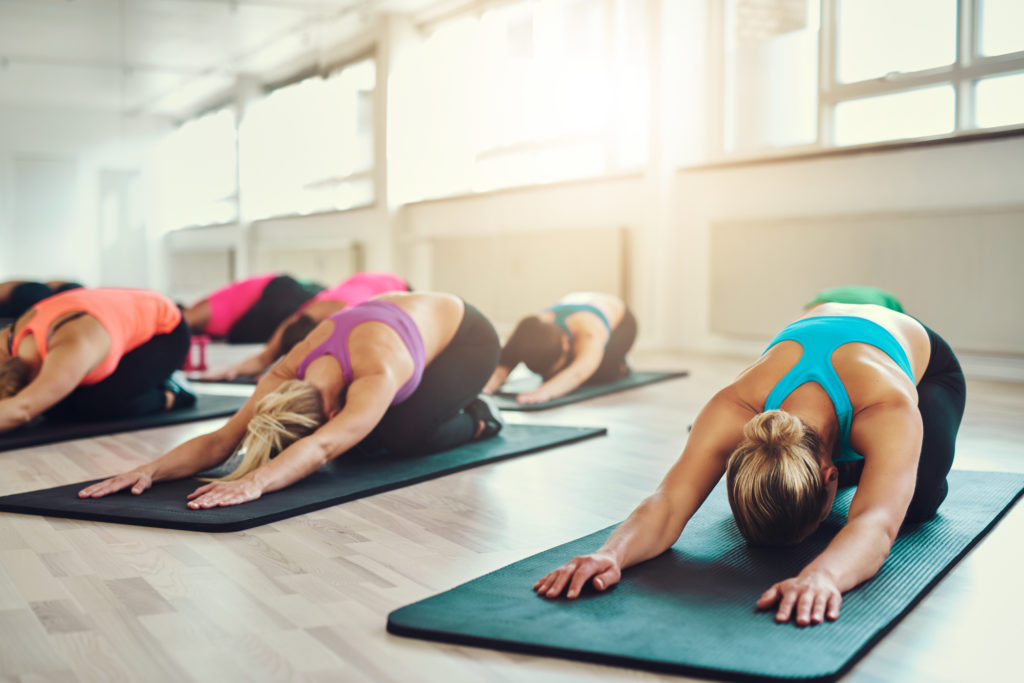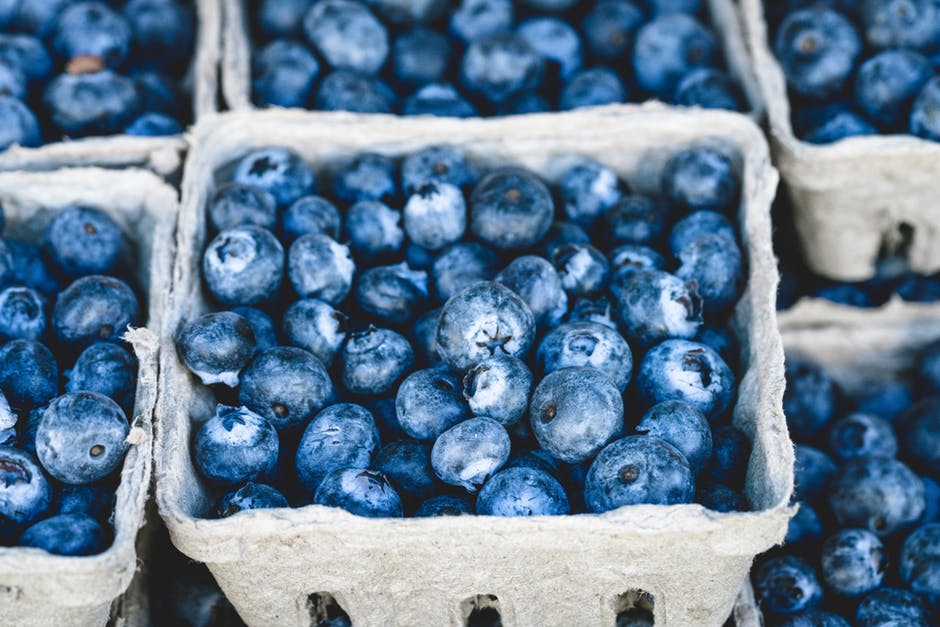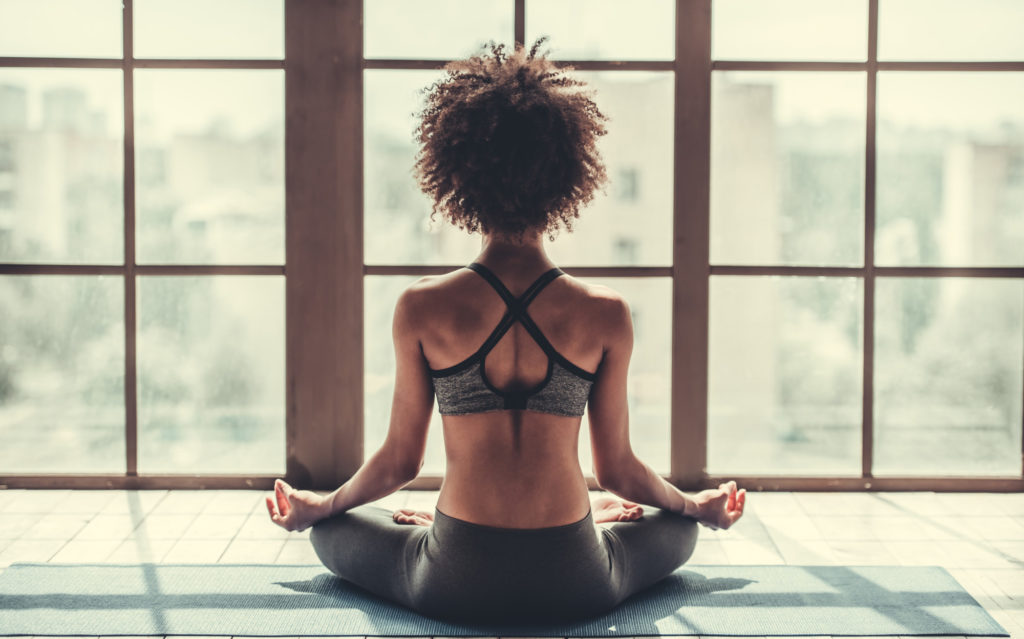6 Signs You Need to Change Your Workout Routine
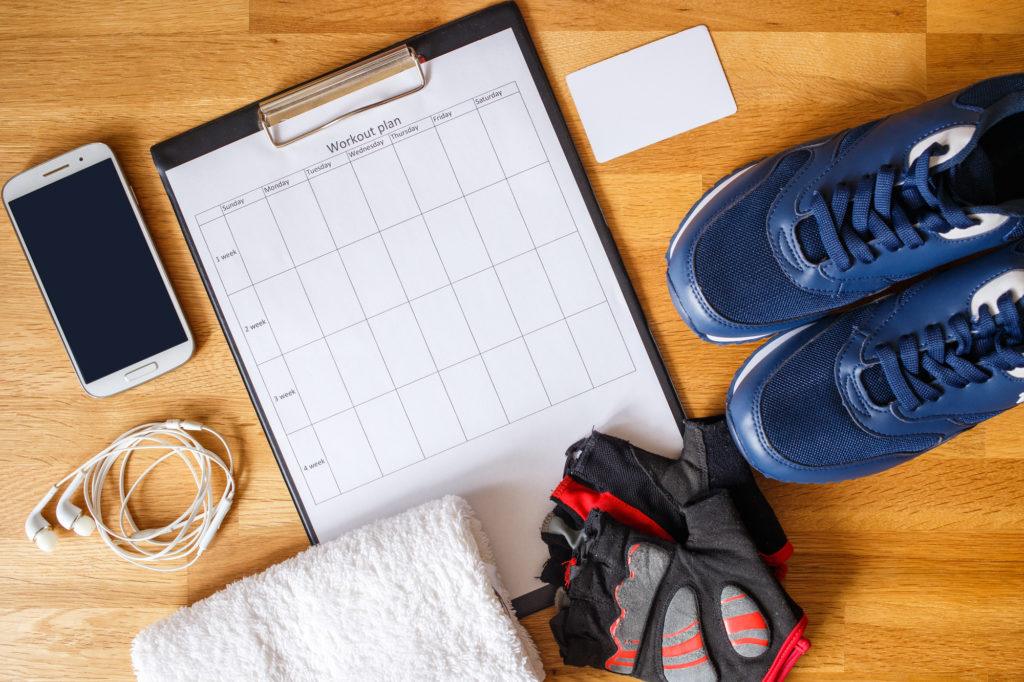
There should be nothing to a good workout. After all, you put in the work, you reap the rewards, right? Unfortunately, no. It’s not always quite that simple. You may be in the gym five days a week, giving it all that you have to give, and still be setting yourself up for disappointment. There’s a number of reasons why this might be the case, and in each one, the solution is to make a change. If you’re not getting the results that you want or expect out of your workout routine, here are some of the tell-tale signs that it’s time for you to try something different.
1. You’re Getting Bored With Your Workout Routine
One of the biggest factors that can hold you back is boredom. Think about it: if you just keep doing the exact same exercises, with the same weight, for the same reps, it’s probably only a matter of time until you get burnt out.
Once that happens, backsliding becomes less of certainty and more of an inevitability. How fired up are you going to be to hit the gym before or after work when your routine no longer excites you? That’s why boredom is one of the top reasons why people end up quitting their regimen altogether.
A good way to help prevent boredom is to connect your workout to a tangible goal.
So suppose you want to build up your lower body in order to handle a really challenging mountain back course. Not only will this give you a purpose to work towards, but with a specific goal guiding you you’ll have to make changes to your routine to target that goal effectively.
2. You’re Getting Hurt All of the Time
Injury is the worst-case scenario for any fitness routine. And while a little soreness is normal, even good, debilitating pains are a warning that you’re courting serious injury.
There are a few common culprits behind this. Assuming you’re always monitoring your form, the two most likely are too great a volume or pushing too aggressively.
By volume, we mean the sheer amount of work that you’re making a certain muscle group do. Either by doing too many reps or working a muscle too extensively, you can push it past the threshold fo safely working that muscle and cause injury.
The other common culprit is trying to make gains too aggressively, making jumps in exercise volume before you’re ready for them.
Workout related injuries can be serious, but if you’ve only overtaxed yourself a little then they can usually be remedied with ample rest and mild exercises to help ease the discomfort. For example, if you bit off more than you could chew the last time you did a set of deadlifts, check out our top yoga poses that can help alleviate back pain.
3. You’re Not Feeling the Burn Anymore
While you need to listen to your body to prevent injury, the inverse is also true. If your routine ceases to be a challenge and you’re not feeling any of that next-day soreness, it probably means it’s time to increase the intensity.
The soreness we associate with the day after the gym is caused by the microscopic tears that form in the muscle fibers from intensive use. This is a good thing, as your body responds to this wear and tear by building newer, stronger fibers to compensate.
By the same token, if you’re not feeling that soreness anymore, it means that your muscles have adapted to your current activity level and aren’t being stressed enough to drive new development.
4. You’re Not Getting Your Blood Pumping
If your goal is to burn fat or just improve your cardiovascular health, then your heart rate is the metric you want to look at. And as with building muscle, your body will eventually grow accustomed to the same level of activity over time.
In order to do vigorous, fat-shredding exercise, you should aim for a target heart rate that’s about 70-85% of your maximum heart rate. If you find that you can easily complete your average workout without ever getting up into that zone, it means that it’s time to increase the intensity if you want to continue to see progress.
5. You Actually Seem to Be Losing Strength
Though it’s pretty uncommon to spontaneously start losing strength, there is a reason why that can sometimes appear to be the case.
Usually, this is the same “too much volume” problem covered earlier than can lead to injury. People have a tendency to add exercise to their routine, the assumption being that more is better. So what started as a simple routine with five exercises can be gradually expanded to be twice as long.
When this happens, you start to appear as though you’re not progressing or even losing strength simply because your routine has become more exhausting.
Another common culprit is simply not getting enough rest between sessions. If you don’t allow yourself to fully recover, you won’t be able to perform at optimal levels.
6. You’re Not as Hungry as You Were
After a good workout, your body shifts into gear repairing all of the muscle fiber that was broken down during your session. In order to do this, it needs raw materials like protein and plenty of them. That’s a workout is one of the best appetite stimulants you can find anywhere.
When you stop seeing that spike in appetite, it usually means that you’re no longer taxing your body to the same level that you were. Less breakdown in muscle fiber means less protein is needed to repair it. It also means that you’re not making significant progress anymore.
So if all you need to satiate yourself after a full workout is a light snack, it probably means that you need to make a change to your routine.
Variety Is the Spice of Life
As simple as it would be, we can’t live off of a handful of exercises alone. In order to keep progressing, we need to continually challenge ourselves. And that means making changes to our workout routine every now and again.
It also means listening to your body and understanding when something isn’t working. Otherwise, we end up wasting time and effort at best and courting injury at worst.
Of course, many of us haven’t quite made it back into the gym just yet. If you’re still social distancing because of a pre-existing condition or just out of an abundance of caution, check out our tips on how to keep in shape at home while maintaining quarantine.
Works Cited:
8 Yoga Poses for Back Pain That Will Have You Saying Namaste (Thank You) – PricePro Pharmacy
Why do I feel pain after exercise? – The National Health Service
Exercise intensity: How to measure it – Mayo Clinic
6 Tips for Staying in Shape During Quarantine – PricePro Pharmacy

